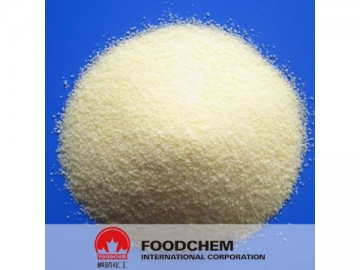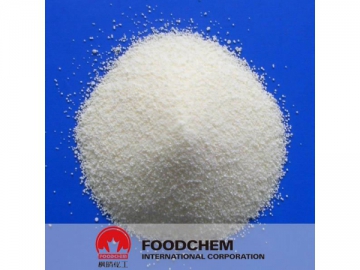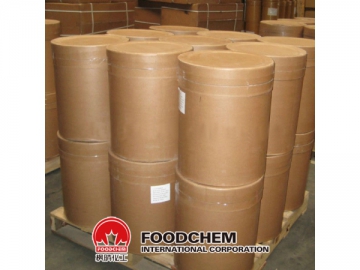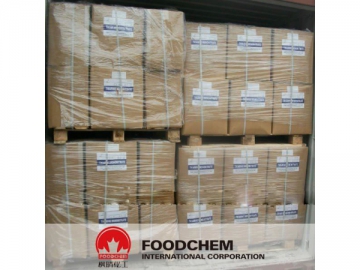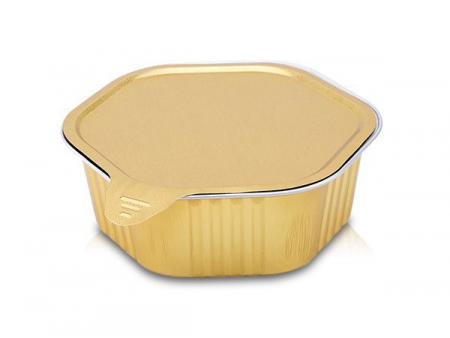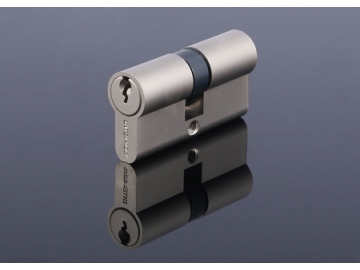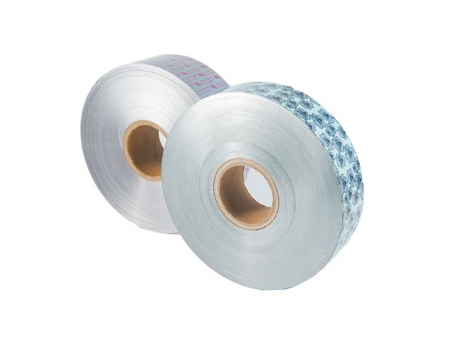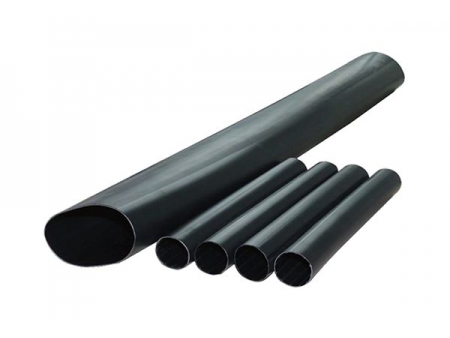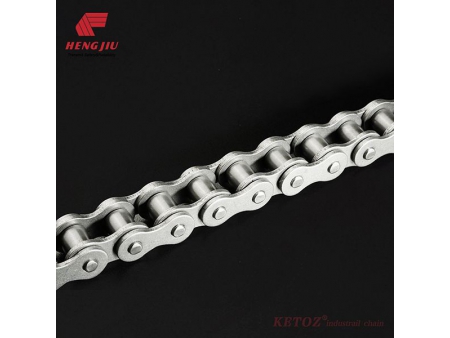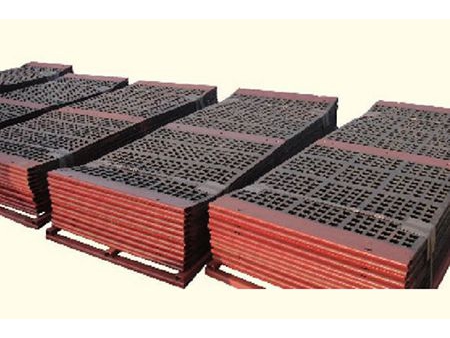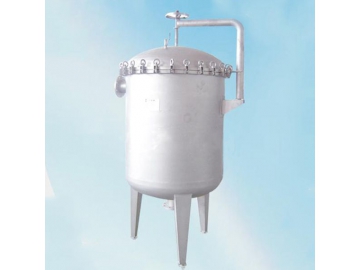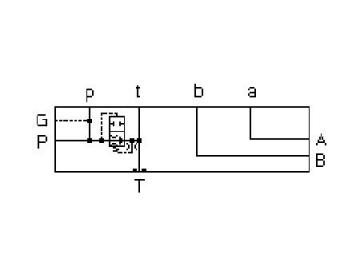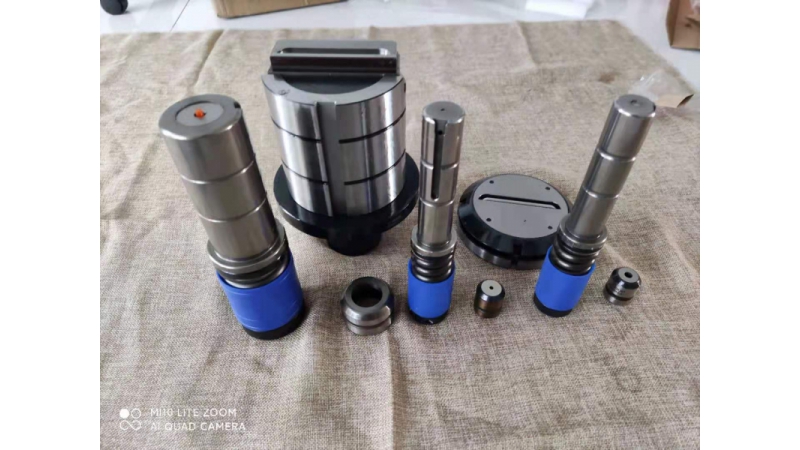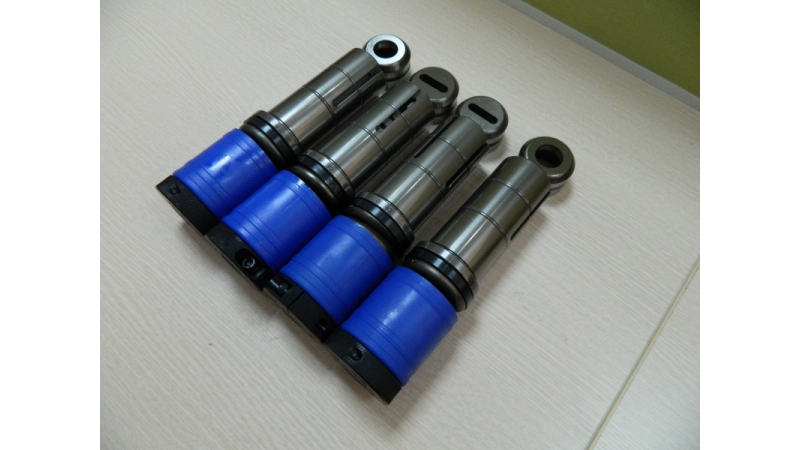Vitamin A Palmitate (Retinyl Palmitate)
Conclusion: The goods conform to the standards
Packaging: 20 KG/CTN
Storage: Kept in dry, cool, and shaded place with original packaging, avoid moisture.
Shelf life: 24 months
| Items | Standards |
| Appearance | Pale yellow to yellow flowing powder |
| Solubility | Easily dispersed in cold water 15 ℃ to form a homogeneous and stable emusion |
| Granularity:go through the sieve of 60 mesh | ≥90.0% |
| Heavy metal | ≤10ppm |
| Lead | ≤2ppm |
| Arsenic | ≤1ppm |
| Mercury | ≤0.1ppm |
| Cadmium | ≤1ppm |
| Loss on drying | Not more than 5.0% |
| Vitamin a content | ≥250,000iu/g |
| Total plate count | ≤1000cfu/g |
| Yeast &mould | ≤100cfu/g |
| Coliforms | ≤0.3mpn/g |
| E.coli | Negative/10g |
| Salmonella | Negative/25g |
Vitamin A palmitate is the form of vitamin A found naturally in animal sources and also produced synthetically. Vitamin A palmitate, also called retinyl palmitate or retinol palmitate, is found in animal sources. Daily dietary sources of vitamin A palmitate are found in liver, fish, whole milk, eggs, cheese and butter.
Vitamin A palmitate is manufactured in synthetic form for use in cosmetics to treat skin problems including acne and wrinkles.
Natural retinoids are used in over-the-counter skin creams, but synthetic vitamin A palmitate, tretinoin and isotretinoin, is available by prescription only. Other uses for vitamin A palmitate include treatment of eye disorders such as Bitot’s spot, dry eye and retinitis pigmentosa.
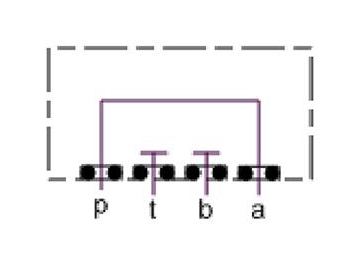 Subplate manifold allows a simple solution to mount a single valve in a hydraulic system
hydraulicsystemcn.com
Subplate manifold allows a simple solution to mount a single valve in a hydraulic system
hydraulicsystemcn.com
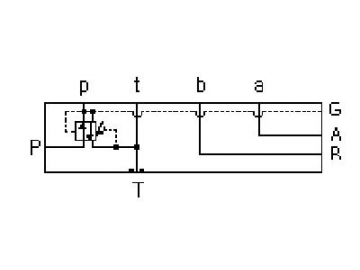 Subplate manifold allows a simple solution to mount a single valve in a hydraulic system
hydraulicsystemcn.com
Subplate manifold allows a simple solution to mount a single valve in a hydraulic system
hydraulicsystemcn.com
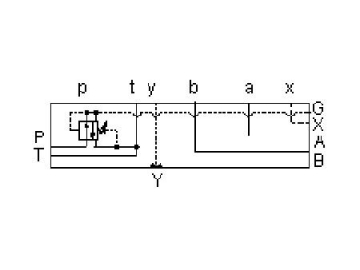 Subplate manifold allows a simple solution to mount a single valve in a hydraulic system
hydraulicsystemcn.com
Subplate manifold allows a simple solution to mount a single valve in a hydraulic system
hydraulicsystemcn.com
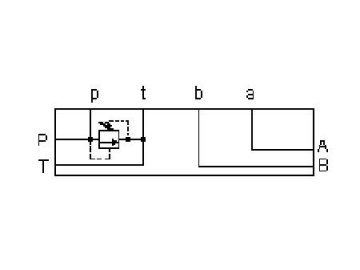 Subplate manifold allows a simple solution to mount a single valve in a hydraulic system
hydraulicsystemcn.com
Subplate manifold allows a simple solution to mount a single valve in a hydraulic system
hydraulicsystemcn.com

